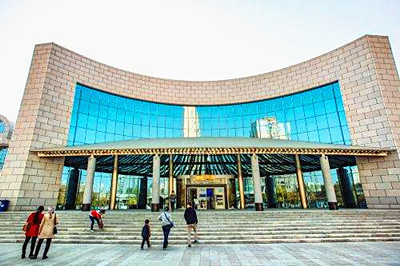 Xinjiang Regional Museum
Xinjiang Regional Museum
Xinjiang Regional Museum is a large integrated museum and center for the collection and study of cultural relics in Xinjiang. The museum architecture built-in 1953 featured Uighur ethnic internal decor style and has an exhibition hall covering an area of about 7,800 square meters.
The museum houses over 30,000 collections. One of the halls exhibits the costumes, festivals, celebration, marriage wedding & funeral rites, tools, food, religion, lifestyle, and more folk customs of 12 ethnic minority groups in Xinjiang. The historical exhibition covers silk, cotton, embroidery, pottery, porcelain, iron & bronze wares, tomb clay figures, coins, stone inscriptions, literature writings, weapons, and more relics. These give an insight into the past and show how the society of Xinjiang developed and splendid western China's culture thousands of years ago.
Chinese Name: 新疆维吾尔自治区博物馆
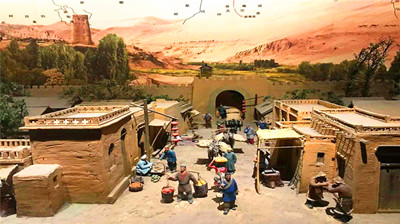 Xinjiang Regional Museum
Xinjiang Regional Museum
Location: No. 581 Xibei Road, Saybagh District, Urumqi, Xinjiang, China.
Ticket: Free
Time required for visit: 1-2hours
Customer Service Phone: +86-9914552826
Opening Time: 10:00—18:00 15th Apr. - 15th Oct.
10:30—18:00 16th Oct. - 14th Apr.
Pls note: No entry after 17:00
Transportation: Take No.7, 51,52,06,10,12,28, and BRT4 to Bowuguan Station ( Xinjiang Regional Museum).
What to See in the Xinjaing Regional Museum
I recommend a visit to the Xinjiang Regional Museum if you travel to Xinjiang and make a stop in the capital of Urumqi. The following information is a helpful resource as you plan your trip.
The museum is laid out into Silk Road, Ethnic Minorities, Mummies, and Motherland sections, which are with a dome over the center's entrance hall.
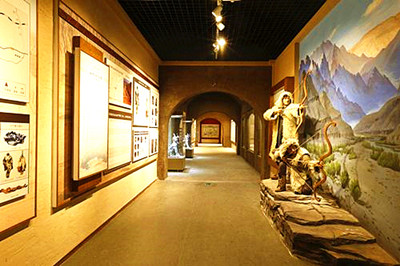 Exhibition Hall
Exhibition Hall
Main Hall
Entering the gate of the hall, you can see the tall and bright atrium, and there is still the latest unique opening scene set. The museum has a basement floor and two floors above the ground. The exhibition halls are on the first and second floors. The central glass dome is 29.5 meters high, where directly below the dome is a sand table of the Xinjiang Uygur Autonomous Region.
Silk Road Exhibition
Make sure to put aside most of your time for the Silk Road exhibition, if you're pressed for time and trying to plan your trip to the museum. This section, spanning thousands of years of history, contains an incredible number of artifacts that have been excavated over time.
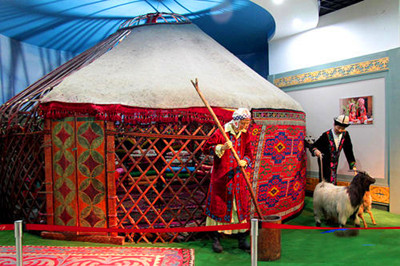 Ethnic Minorities Exhibition
Ethnic Minorities Exhibition
The Silk Road exhibition, on the right side of the first floor, is marked by a long corridor, making you feel like you are walking back across the sands of time. What you see in this exhibit was buried and preserved in the sands of Taklamakan Desert, including rugs, skulls, and even food.
In most cases, you'll find that the signs are translated into English to make it easier to read and appreciate your viewing. Most of the actual places where these artifacts were excavated are either closed to the public or so far off the beaten path that it would take you days to visit.
Ethnic Minorities Exhibition
One the left side of the first floor is another fascinating exhibit that details the lifestyles, clothing, instruments, and customs of each of Xinjiang's 12 ethnic minorities. It's an excellent chance to get to know them.
The Uyghur minority is the most prominent here with replicas of a courtyard home, displays of hats, multiple instruments, and traditional Uyghur clothing. Further into the exhibit, however, you'll learn a bit more about the Kazakh (and their yurts), the Hui, Tuva, Xibe, and other minorities.
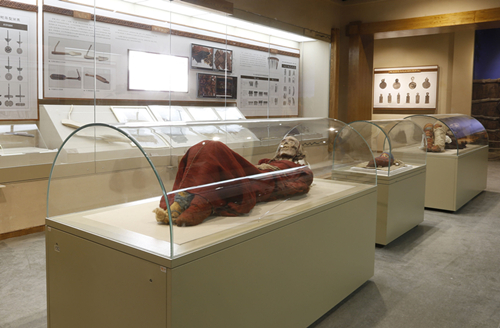 Mummies
Mummies
Xinjiang Mummies (Special Museum Exhibition)
Above the Silk Road exhibit on the second floor sits the Mummies exhibit. This is the Xinjiang Uyghur Autonomous Region Museum's signature exhibit, and it's a sight to behold.
When I hear the word "mummy," my first thought is to the Egyptian burial process of wrapping a corpse before burial. In Xinjiang, however, the hot and dry conditions in the south of the province served to mummify bodies buried thousands of years ago naturally.
The first glass case you come across is the Loulan Beauty, excavated north of the Lop Nur area in 1980, she is one of the oldest and most well-preserved mummies in the world. You can see her delicate lips, thin eyelashes, and red hair despite being dated at 1800 BCE.
Other mummies are rotated on display, and they sometimes leave the museum as a traveling exhibit. These mummies prove that Xinjiang has been a melting pot of ethnic groups for most of its history.
Motherland Exhibition
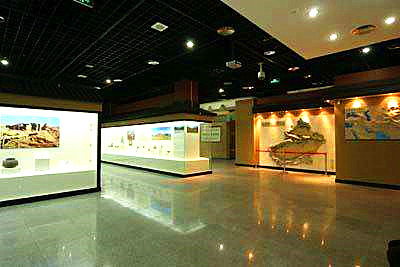 Motherland Exhibition
Motherland Exhibition
If there's one part of the museum that you should skip, this would be it. Aside from the fact that everything in this exhibit is unashamed propaganda, it's also not very well laid out.
The exhibition format's design is based on the concept of "content popularization and artistic form," and static display of cultural relics and auxiliary exhibits, supplemented by animation, multimedia, and other means. There is also a video broadcasting hall in the exhibition hall, where the audience can sit down and watch the Xinjiang documentary looped.
Travel Tips
A visit to the museum need not be dictated by the seasons. You can come here whenever to see the fantastic human remains and all the other precious relics, learn more about the brilliant civilization that flourished in the region.
The site is closed on Monday (postponed when meeting a national legal holiday), on New Year's Eve, the first and second days of the lunar new year.
The museum accepts 2,000 visitors a day, five times with 400 visitors each. Ticket issuing time is 10:00, 11:00, 12:00, 15:00, and 16:00.
Recommended Tours to Xinjiang Regional Museum


7 Days Budget Xinjiang Tour 14 Days South and North Xinjiang Tour




































